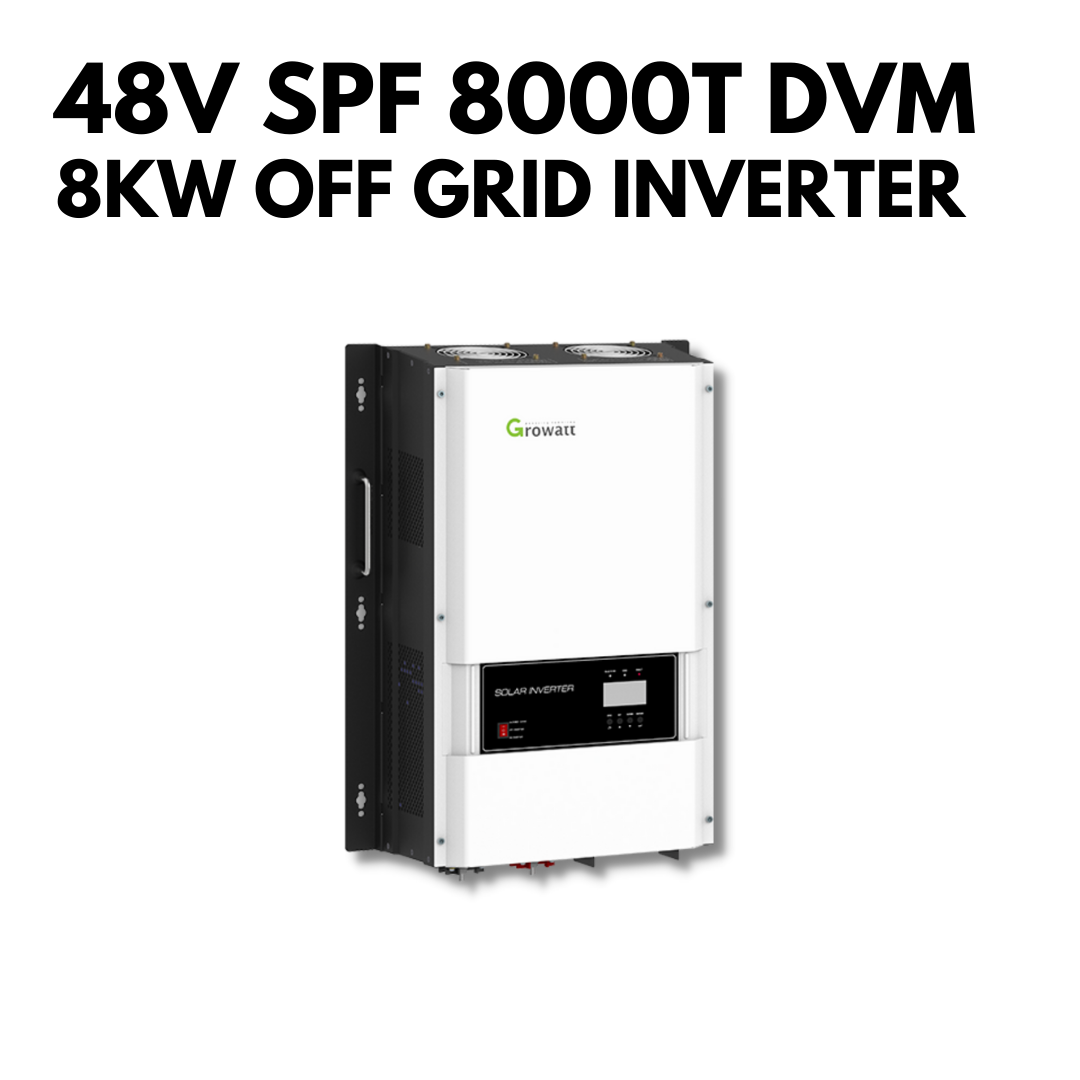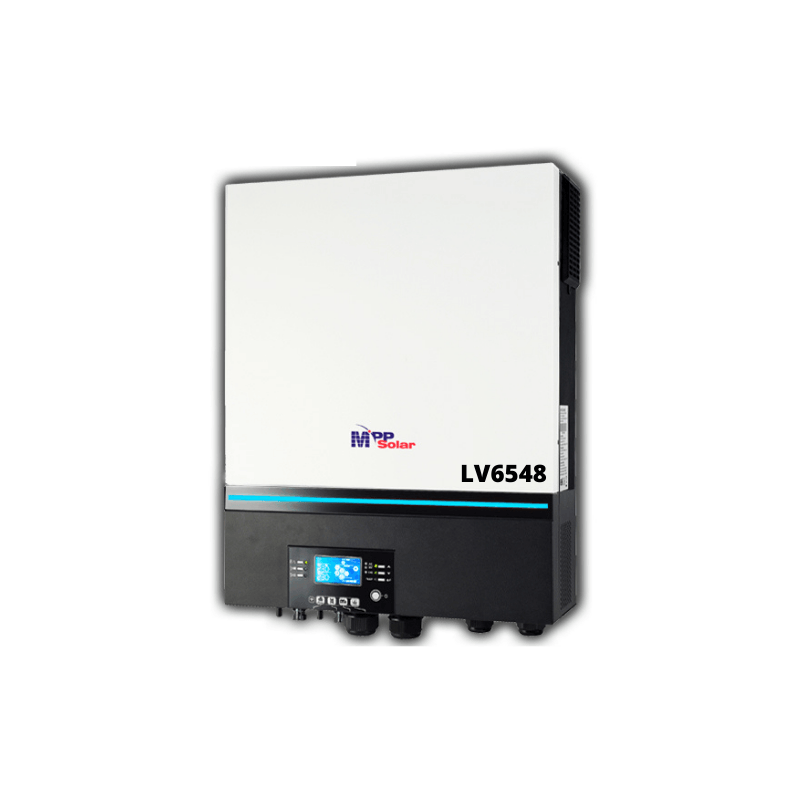Happy holidays everyone. I found this forum from Will's excellent youtube videos. I am currently in the stage where I think I can wire an entire off-grid setup myself, and I'd like to ask all these questions while I'm still "delusional"
Jokes aside, I believe am capable, but have never done any projects like this before, however, have good basic electrical understanding.
Here's my setup. I have a main house which receives company from the grid, 100A.
Then I have a cabin in a hard to reach location on the property, behind a creek. After some research, I thought it might be possible to upgrade to 200A on the house, then run 2AWG URD underground cable (aluminum) for 100A from the breaker to the panel on the cabin.
Anyway, this is a solar forum so I'll get back to that : ) Either way, if I have cable running from main house to cabin or not, I still want a functioning off-grid system at the cabin.
I've calculated I have roof space at the cabin for about 3000W of solar panels.
At the cabin I need to be able to run:
- 1 HP well pump
- small tankless water heater (will have to get model #)
- small refrigerator (300W)
- induction stovetop (1200W?)
- under tile radiant heat mats (this is about 12W/ sq ft. So in the needed ~ 100 sq ft of heated floor space, 1200W or more). I can live without these if it pulls too much
- use of electronics/laptops/chargers ~ 500W
I do have the possibility to run some things off propane but I'd prefer to keep everything electric. The cabin will be heated by wood stove.
After a lot of research I still have a few questions:
- I have a small "utility" room where the well water pumps to, but it is not insulated. Does it need to be fully insulated? Can I modify this room so that I can run all the equipment there? (batteries, inverter, etc.). This is northeast US so the in winter can get into the teens. I understanding the issue is on the charging side at under freezing temperatures. I see that the BMS systems can come with low temperature sensors for cutoffs
- Purchasing batteries vs building your own, is it worth it? Seems very promising to save the $ and build your own if you're willing to take the time for it
- Is it possible to hook up a water turbine to the inverter in addition to the Solar PV array (not a deal breaker, but I would really like to be able to do this as I have a flowing creek on property)
- 120V split phase possibilities?
The possibilities:
1) All in one solutions
- At first I researched the Ecoflow Delta Pro and Mango Union Power. These were all in one solutions including inverters, BMS, breakers, etc. and considering all that, the price does seem reasonable.
To use in my circumstance, powering the whole panel, I would need to get their top package:
Mango Power Union x 2 + mPanel (https://www.indiegogo.com/projects/mango-power-super-capacity-home-backup-battery)
That is $7700 for 13.8kWH from batteries and 3800W from each inverter . Up to 4000W w/ MPPT from solar panels
The Delta Pro x 2 + panel would be similar cost and specs.
The issues I see with both of these is that I don't really need any of the features as I don't really need constant access to the battery. I just want it hooked up to my panel and be able to withstand the climate of the utility room.
2) Custom solutions
battery options
EG4 48v 100AH 5.1KWH (also have a waterproof version)

OR
build my own battery, add BMS and temp sensor cutoffs
inverter options (include BMS or support BMS input, MPPT solar inputs)
2 x Growatt 5kw w/ split phase transformer


1 x Growatt 8kw

2 x LV6548 in split phase configuration

 shopsolarkits.com
shopsolarkits.com
1 x 16,000W low frequency inverter (ebay) w/ split phase
 - maybe I'm crazy but this seems like an enormous deal
- maybe I'm crazy but this seems like an enormous deal
Final thoughts:
- what size battery capacity is enough for my needs, is 5KWH, 10, 15?
- what size should my inverter be in relation to my battery capacity
- things like the well pump will pound the inverter when turning on. I don't know how long this "surge" lasts. What does that mean for me, and do I need a frequency inverter absolutely?
- if I want to keep the inverters balanced (under load) with split phase, then perhaps the growatt separate transformer is best?
- I want to be able to bring 240V to my cabin's breaker panel, and then have some breakers @120V, and some @240V. I'll have to double check my appliances, maybe everything runs fine @ 120V but I am worried about the surge amperage at 120V
Thanks for bearing with me here. Appreciate anyones thoughts/input/advice or if there is a completely different solution for my needs, I'm open to hear that please!
Jokes aside, I believe am capable, but have never done any projects like this before, however, have good basic electrical understanding.
Here's my setup. I have a main house which receives company from the grid, 100A.
Then I have a cabin in a hard to reach location on the property, behind a creek. After some research, I thought it might be possible to upgrade to 200A on the house, then run 2AWG URD underground cable (aluminum) for 100A from the breaker to the panel on the cabin.
Anyway, this is a solar forum so I'll get back to that : ) Either way, if I have cable running from main house to cabin or not, I still want a functioning off-grid system at the cabin.
I've calculated I have roof space at the cabin for about 3000W of solar panels.
At the cabin I need to be able to run:
- 1 HP well pump
- small tankless water heater (will have to get model #)
- small refrigerator (300W)
- induction stovetop (1200W?)
- under tile radiant heat mats (this is about 12W/ sq ft. So in the needed ~ 100 sq ft of heated floor space, 1200W or more). I can live without these if it pulls too much
- use of electronics/laptops/chargers ~ 500W
I do have the possibility to run some things off propane but I'd prefer to keep everything electric. The cabin will be heated by wood stove.
After a lot of research I still have a few questions:
- I have a small "utility" room where the well water pumps to, but it is not insulated. Does it need to be fully insulated? Can I modify this room so that I can run all the equipment there? (batteries, inverter, etc.). This is northeast US so the in winter can get into the teens. I understanding the issue is on the charging side at under freezing temperatures. I see that the BMS systems can come with low temperature sensors for cutoffs
- Purchasing batteries vs building your own, is it worth it? Seems very promising to save the $ and build your own if you're willing to take the time for it
- Is it possible to hook up a water turbine to the inverter in addition to the Solar PV array (not a deal breaker, but I would really like to be able to do this as I have a flowing creek on property)
- 120V split phase possibilities?
The possibilities:
1) All in one solutions
- At first I researched the Ecoflow Delta Pro and Mango Union Power. These were all in one solutions including inverters, BMS, breakers, etc. and considering all that, the price does seem reasonable.
To use in my circumstance, powering the whole panel, I would need to get their top package:
Mango Power Union x 2 + mPanel (https://www.indiegogo.com/projects/mango-power-super-capacity-home-backup-battery)
That is $7700 for 13.8kWH from batteries and 3800W from each inverter . Up to 4000W w/ MPPT from solar panels
The Delta Pro x 2 + panel would be similar cost and specs.
The issues I see with both of these is that I don't really need any of the features as I don't really need constant access to the battery. I just want it hooked up to my panel and be able to withstand the climate of the utility room.
2) Custom solutions
battery options
EG4 48v 100AH 5.1KWH (also have a waterproof version)

EG4 48V 100AH LiFePower4 Battery
ADD-ON CHARGER DEAL Get the EG4 LiFePo4 Battery Charger for 33% off in cart DESCRIPTION SPECS & MANUAL VIDEOS SHIPPING 48V EG4-Lifepower4 Signature Solar’s premier lithium battery, GYLL, has been rebranded to EG4. You can expect the same great battery with the same top-of-the-line, Tier One, A+...
shop.signaturesolar.us
OR
build my own battery, add BMS and temp sensor cutoffs
inverter options (include BMS or support BMS input, MPPT solar inputs)
2 x Growatt 5kw w/ split phase transformer

5kW Stackable 5000ES (USA Model) 48V 240VAC 100A 450VDC Off-Grid Inver
Growatt 5000W Solar Inverter Charger With Built-in MPPT 100A Solar Battery Regulator DC 48V System Output AC 220V Max PV 500V off grid solar system on grid solar system solar grid off grid inverter off grid power systems on grid off grid sunny island inverter 10kw off grid solar system price off...
shop.signaturesolar.us

5kW Split Phase Transformer / Midpoint Transformer
THIS IS A PRE-ORDER ITEM WITH A 4 WEEK LEAD TIME Signature Solar now offers the latest US Split Phase Auto Transformer by Growatt. This autotransformer takes Single Phase 240Vac (L/N) electricity output and creates true Split Phase 120Vac/120Vac (L/L/N). This addition to our line sheet increases...
shop.signaturesolar.us
1 x Growatt 8kw

8kW 48V 240VAC Split Phase 120A 150VDC Off-Grid Inverter Growatt new
EG4 GYLL 6000W 6KW USA GRID OFF GRID-TIE INVERTER SOLAR POWER CONVERTER GENERATOR SUNPOWER SUNPRO SOLARK BIG BATTERY LITHIUM HOME BACKUP RESIDENTIAL SOLAR SYSTEM SPLIT-PHASE 120VAC CHARGE CONTROLLER BATTERY CHARGER 18KW SOLAR INSTALLATION SOLAR PRICING CELL SOLAR SOLAREDGE MONITORING WIFI...
shop.signaturesolar.us
2 x LV6548 in split phase configuration

MPP Solar LV6548 Hybrid Solar Inverter UL Listed 120V (Battery Optiona - ShopSolar.com
120vac /240vac 6500W 48V off-grid solar inverter + mppt solar charger 120A, (PV input 390Vdc) + battery charger 120A Max PV input up to 390V UL1741 / CSA compliant Customizable RGB LED setting to display operation mode Max 6.5KW / 48V pure sine wave output 120V Parallel support up to 6 units, in...
1 x 16,000W low frequency inverter (ebay) w/ split phase

16000W Low Frequency Split Phase Pure Sine Wave Power Inverter DC48V/AC110V,220V | eBay
16000W Low Frequency Split Phase Pure Sine Wave Power Inverter. Max Output Power 16000W. I sold the inverter about 10more years, most of is HF INVERTER(made by mosfet), even it's 5000w inverter. You may not get very satisifed answer, that's the big difference!
www.ebay.com
Final thoughts:
- what size battery capacity is enough for my needs, is 5KWH, 10, 15?
- what size should my inverter be in relation to my battery capacity
- things like the well pump will pound the inverter when turning on. I don't know how long this "surge" lasts. What does that mean for me, and do I need a frequency inverter absolutely?
- if I want to keep the inverters balanced (under load) with split phase, then perhaps the growatt separate transformer is best?
- I want to be able to bring 240V to my cabin's breaker panel, and then have some breakers @120V, and some @240V. I'll have to double check my appliances, maybe everything runs fine @ 120V but I am worried about the surge amperage at 120V
Thanks for bearing with me here. Appreciate anyones thoughts/input/advice or if there is a completely different solution for my needs, I'm open to hear that please!



